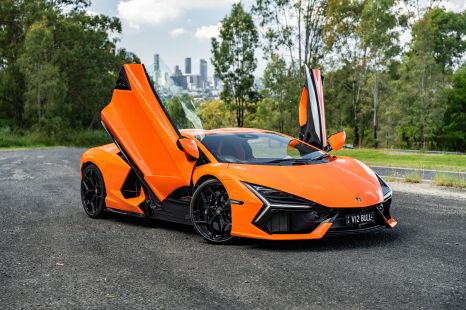

Alborz Fallah
3 Days Ago

News Editor
Nissan wants to increase its volumes and profits, and it’ll do this by cutting production costs and leaning on partners.
The company announced its mid-term business plan, called Nissan Arc, which will carry it through to its Nissan Ambition 2030.
The company plans to launch 30 new models by fiscal year 2026 (April 1, 2025 to March 31, 2026), of which 16 will be electrified.
The 16 electrified vehicles include a mix of electric, plug-in hybrid and e-Power hybrid models, and by fiscal year 2026 it’s aiming for electrified models to account for 40 per cent of its global portfolio – up from 22 per cent at present.
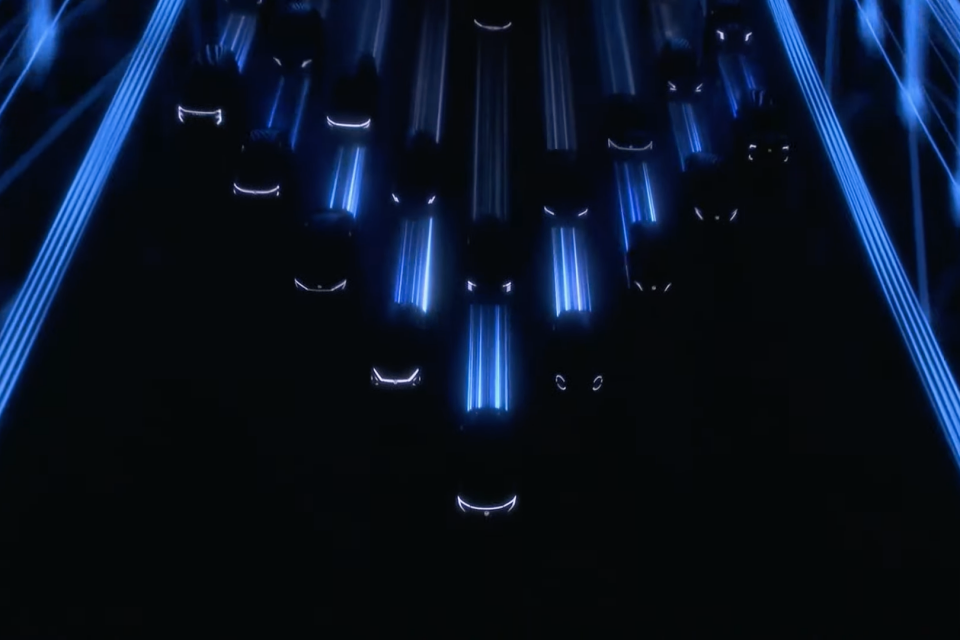
Moreover, it plans to lift overall vehicle sales by one million units annually and increase its profit margin to more than six per cent by the same time.
Nissan has also said it’s looking to export Chinese-built vehicles from 2025, as well as Indian-built vehicles – both each to the tune of 100,000 units annually.
It’s continuing to work with Alliance partners Renault and Mitsubishi for markets like Europe, Latin America, Asia and India, but it says it’ll explore new partnerships in Japan and the US – one of those being a previously announced tie-up with Honda.
The company says it will reduce electric vehicle (EV) development costs by 30 per cent, compared to its current Ariya, through a new grouped “family” style of vehicle development it plans to start in fiscal year 2027.
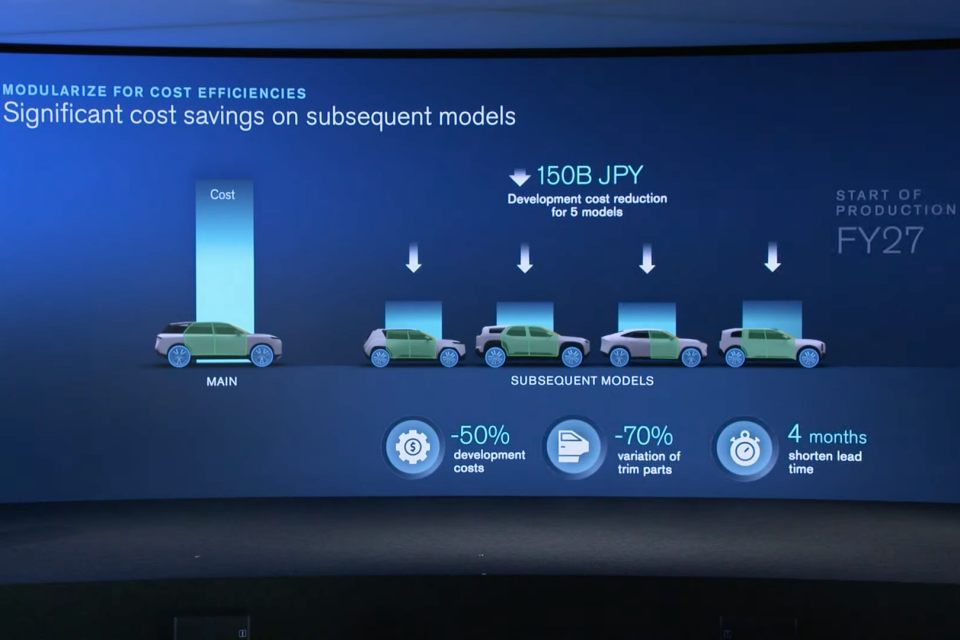
Nissan will introduce a family of five vehicles, and is targeting production volume for this quintet of around 300,000 vehicles.
Beyond simply sharing a platform and powertrain, these vehicles will also share upper body parts including everything from parts of the structure itself to trim pieces.
It says this style of development will also allow successive vehicles to reach the market sooner, while also cutting development costs of these by 50 per cent.
“Parts that the customers don’t perceive are shared, we commonise and we focus the additional investment or cost into parts that the customer will be exposed to,” explained chief planning officer Ivan Espinoza.
“With this, we manage a very good balance in the cost competitiveness and the attractiveness of the car.”
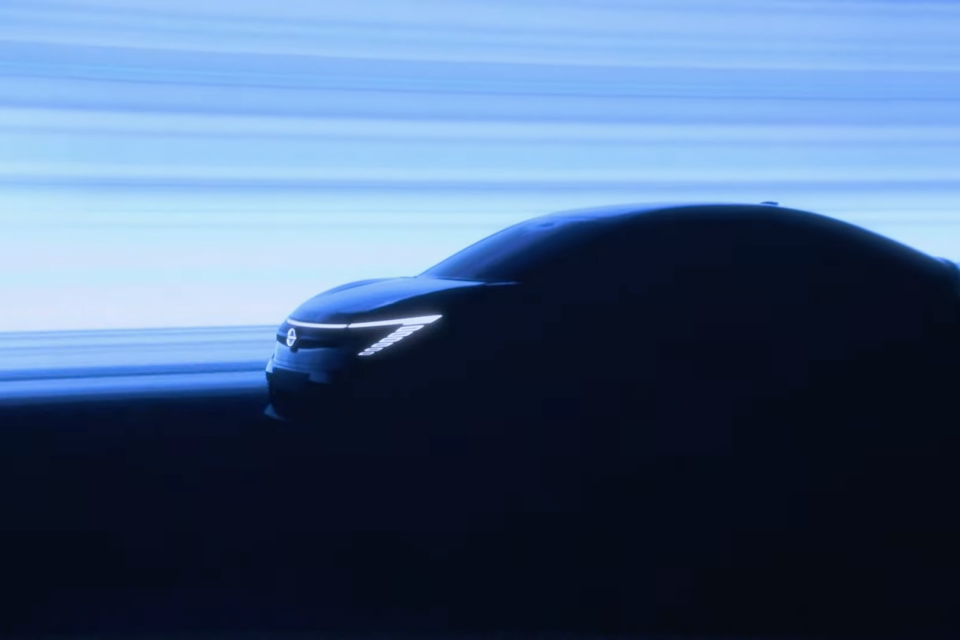
Nissan indicated these vehicles won’t include models for its Alliance partners, at least not at first.
“This family development concept is Nissan-unique…. In the future this may translate to some kind of partnership,” said Nissan president and CEO Makoto Uchida in translated remarks.
By 2030, Nissan plans to launch a total of 34 electrified models covering “all segments”, and increase their percentage of sales to 60 per cent.
It also intends to reach development cost parity between EVs and combustion-powered vehicles by fiscal year 2030.
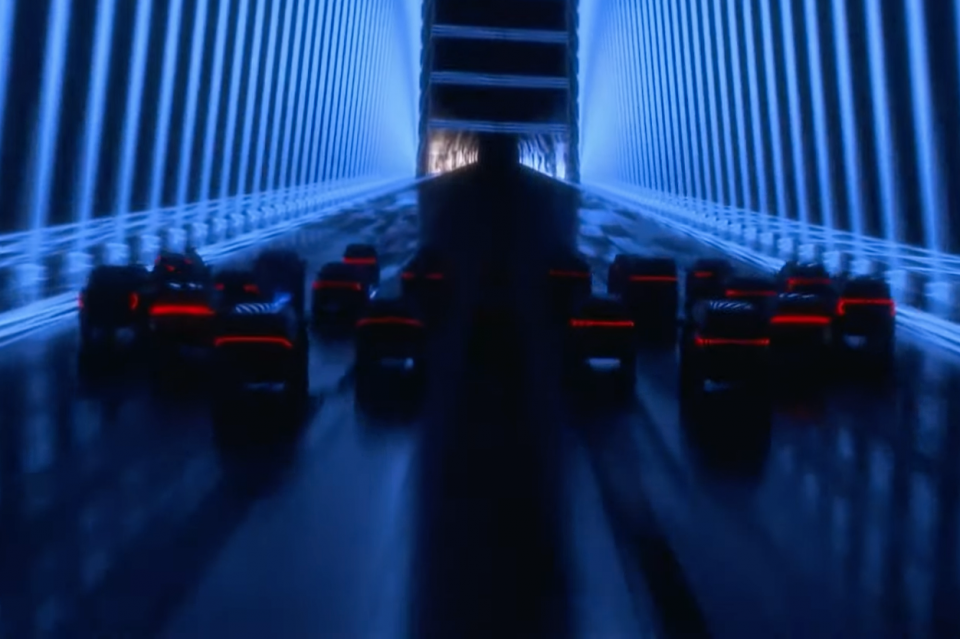
Nissan still intends to launch all-solid-state batteries in fiscal year 2028. But it’s also working on new NCM lithium-ion and lithium iron phosphate (LFP) batteries, which will also be launched at the same time.
The LFP batteries are said to be 30 per cent cheaper to produce than the batteries currently used in its electric Sakura kei car, while the NCM batteries will be 50 per cent more energy dense than the batteries in the Ariya and see a 50 per cent reduction in fast-charging time.
“The Arc plan shows our path to the future. It illustrates our continuous progression and ability to navigate changing market conditions,” said Uchida-san.
“This plan will enable us to go further and faster in driving value and competitiveness. Faced with extreme market volatility, Nissan is taking decisive actions guided by the new plan to ensure sustainable growth and profitability.”
Take advantage of Australia's BIGGEST new car website to find a great deal on a Nissan.
William Stopford is an automotive journalist based in Brisbane, Australia. William is a Business/Journalism graduate from the Queensland University of Technology who loves to travel, briefly lived in the US, and has a particular interest in the American car industry.


Alborz Fallah
3 Days Ago


William Stopford
3 Days Ago


James Wong
2 Days Ago
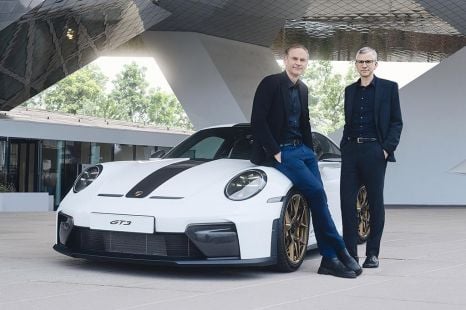

Damion Smy
1 Day Ago
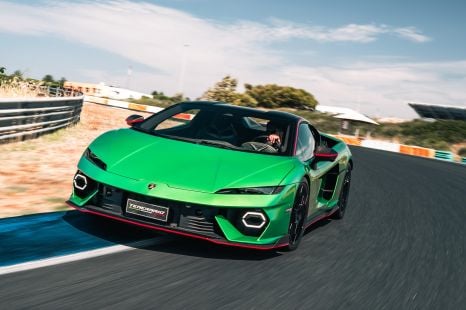

Alborz Fallah
1 Day Ago


Max Davies
24 Hours Ago